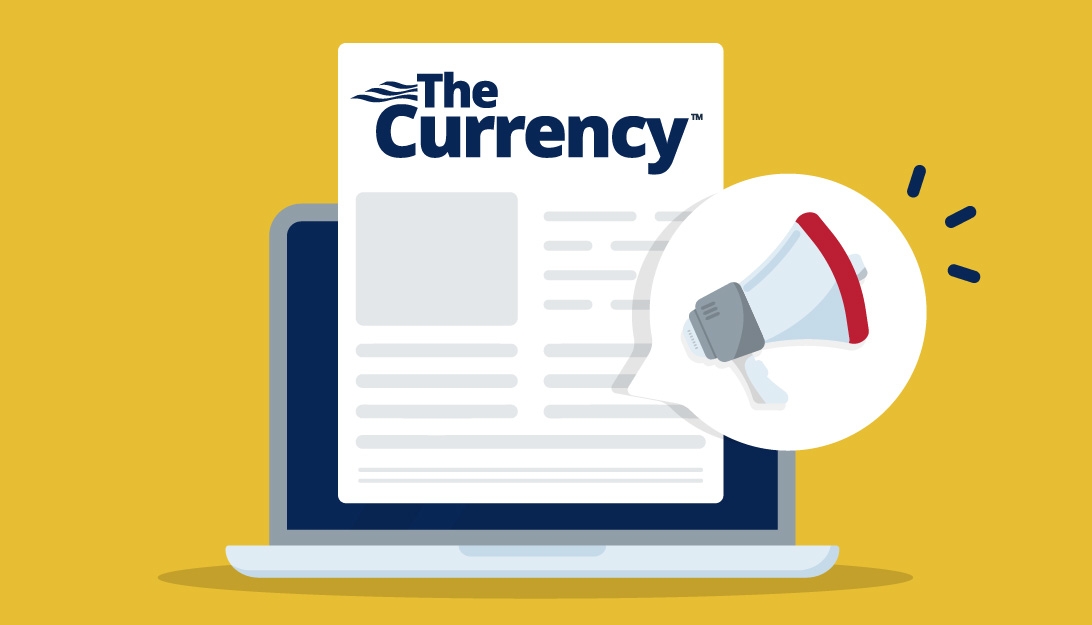The Currency
🧳 Pack it up
Money
Slug
category--money
Relaxation and exploration are top of mind for the majority of Americans planning to travel domestically in 2024 (90%). Before catching your flight, catch the latest money news.
Understanding long-term capital gains tax
Money
Slug
category--money
Learn more about the long-term capital gains tax, how it can offer tax benefits, and how to minimize your tax liability by knowing when to sell your investments.
Capital markets perspective: April showers
Money
Slug
category--money
A recap of weekly happenings across stock performance and earnings, jobs, and real estate, as well as the latest on interest rates and inflation.














